Oil and Acrylic Painting Classes
We teach students Oil and Acrylic Colour Painting upper kids level, mostly we teach Oil Painting for adults, starting from still-life, then landscaped and then portrait Oil Painting is a Painting method involving the procedure of painting with pigments combined with a drying oil as the colour, the binder. It has been the most common technique for Artistic painting on canvas. The advantage of oil for painting images include” greater flexibility, richer and denser, the use of layers, and a wide range from light to dark .
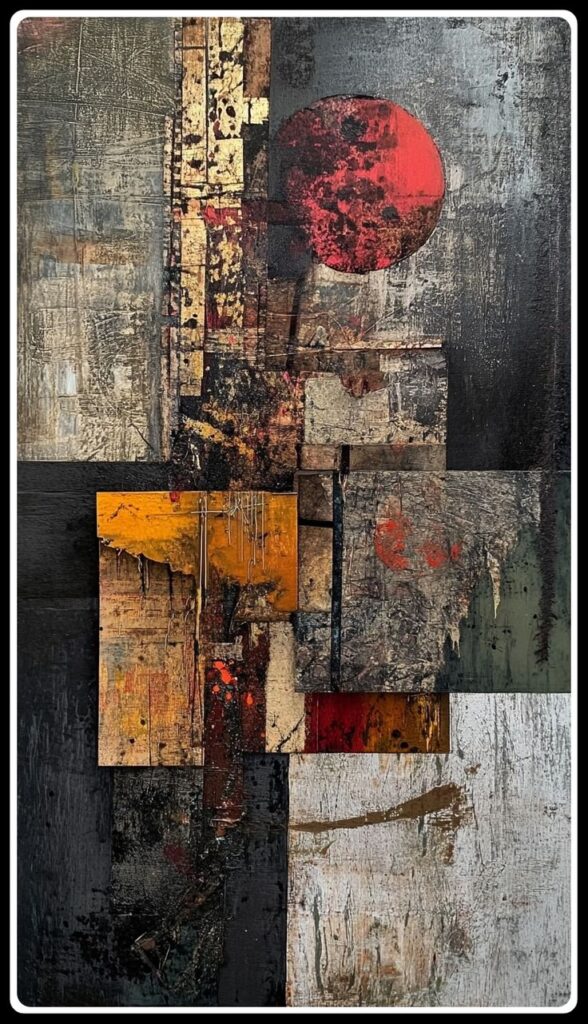
Acrylic Painting
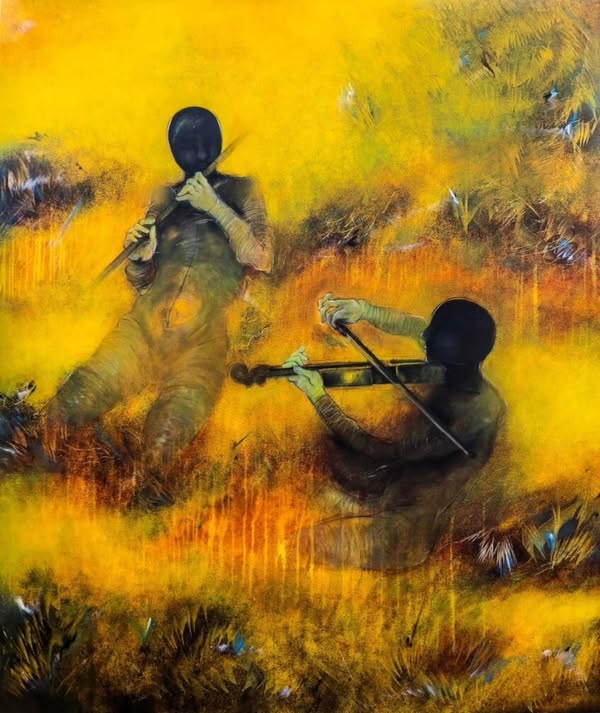
Acrylic Painting
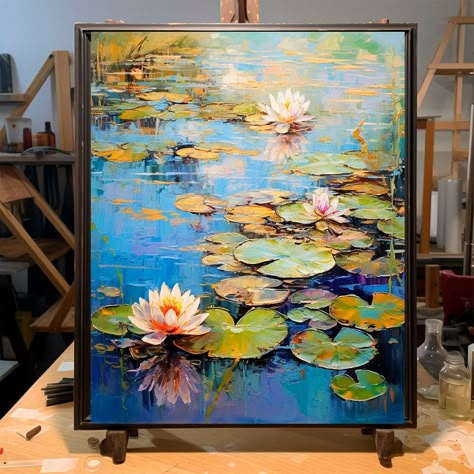
Acrylic Painting
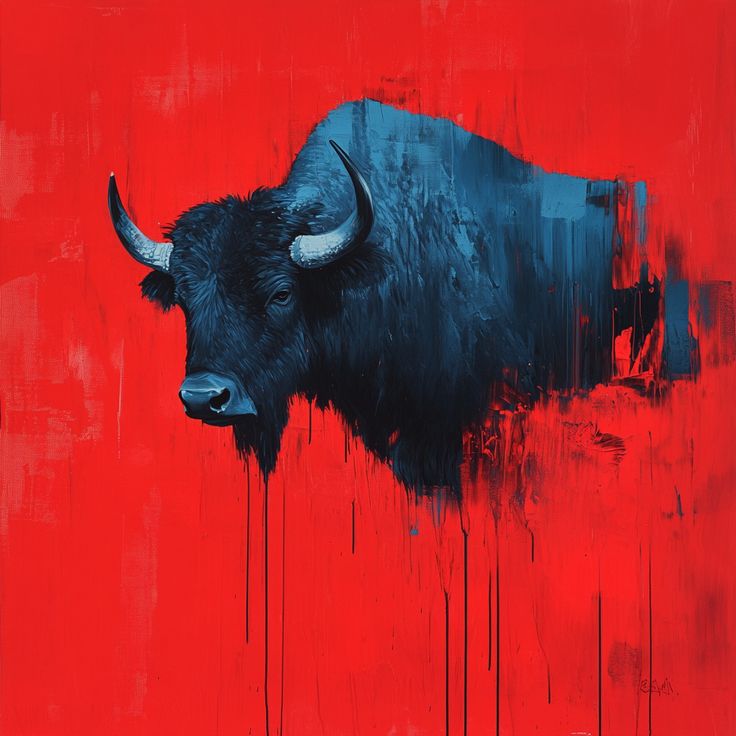
Acrylic Painting
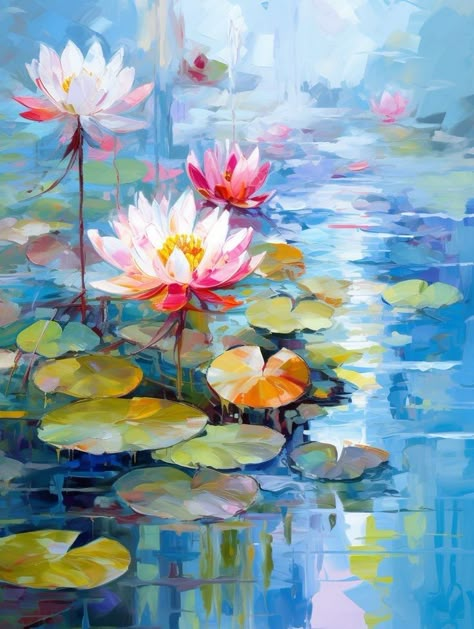
Acrylic Painting
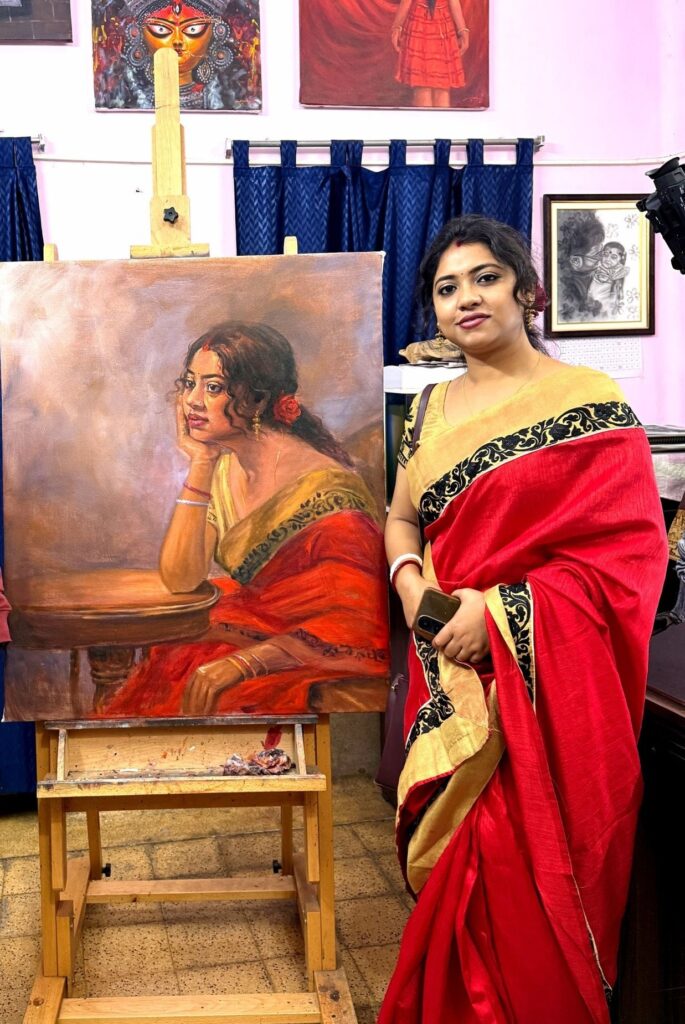
Oil Painting

Texture Create Painting
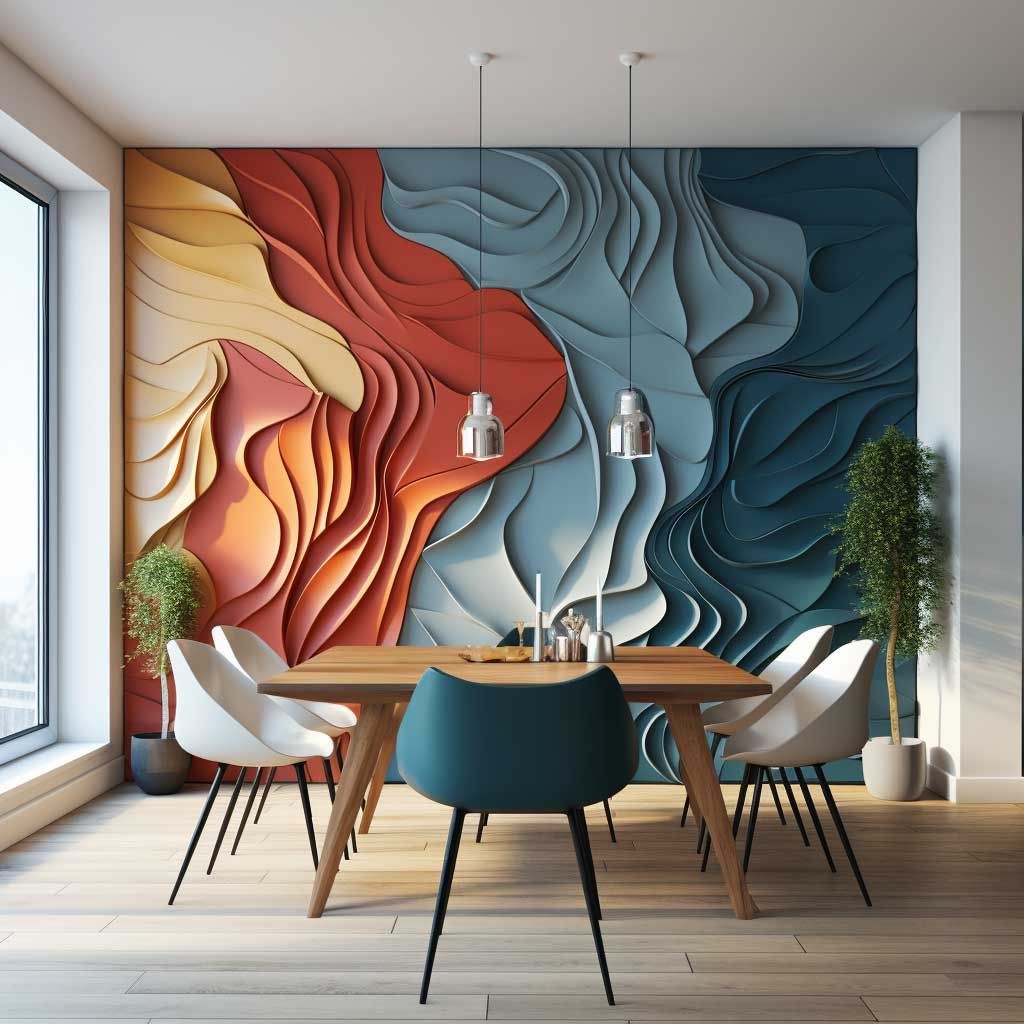
Texture Create Painting

Texture Creat Painting

Oil Painting
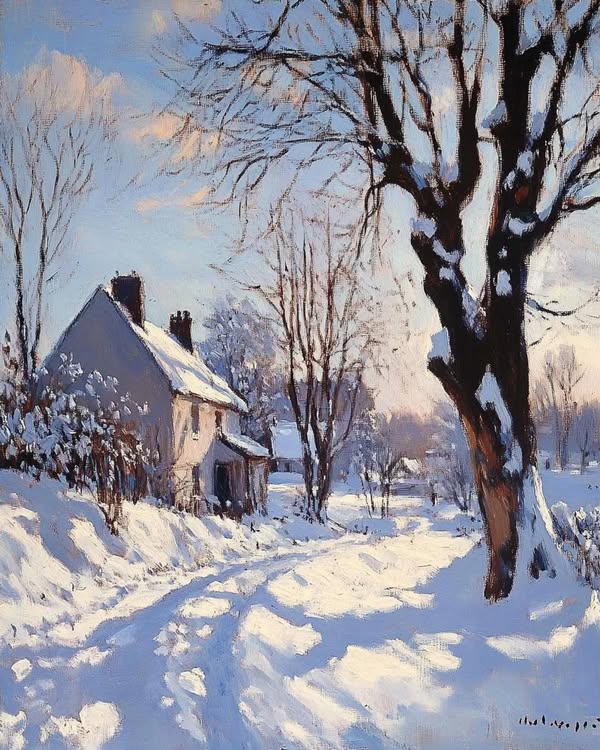
Oil Painting
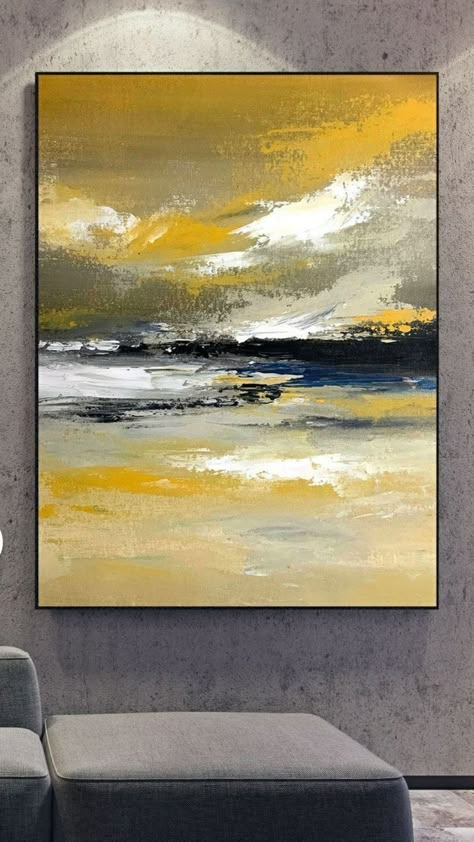
Oil Painting

Acrylic Painting
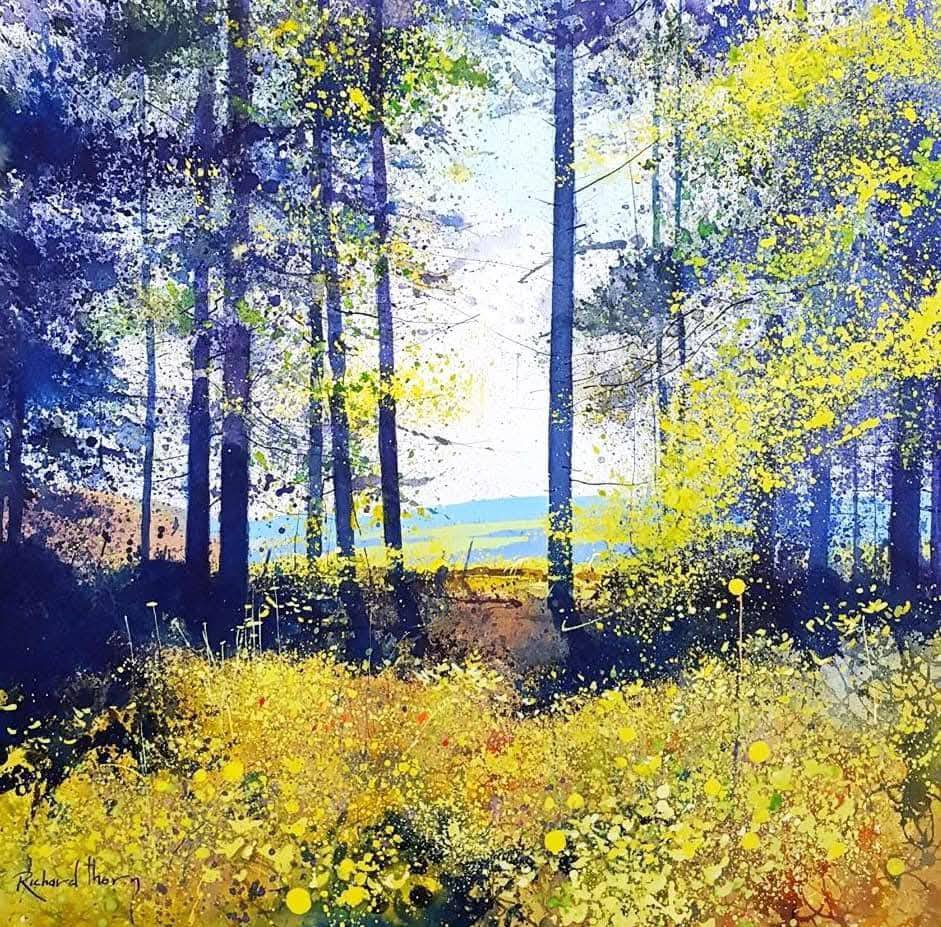
Acrylic Painting
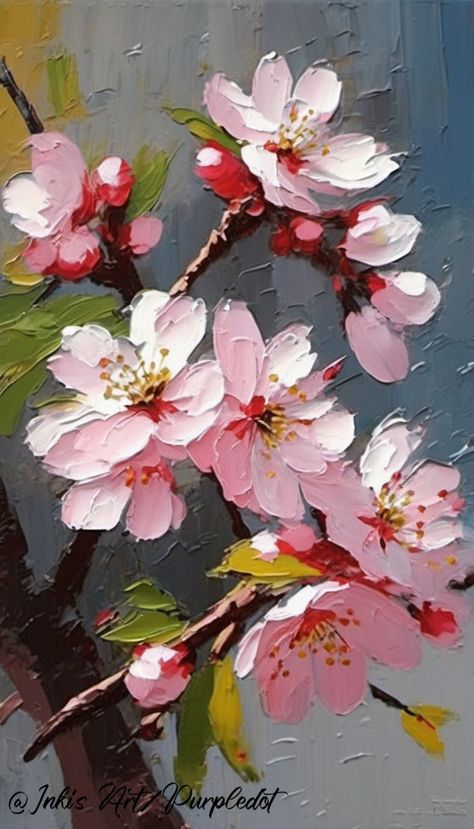
Acrylic Painting
Diving into the world of oil and acrylic painting techniques – it’s like unlocking a treasure trove of creative possibilities. Let’s break it down:
Oil Painting Techniques:
1. Layering: Building up layers of paint to achieve depth and dimension. It’s all about patience – letting each layer dry before adding the next.
2. Blending: Merging colors on the canvas to create subtle transitions and soft edges. Think of it as a slow dance between colors.
3. Glazing: Adding multiple thin, transparent layers to achieve a sense of luminosity. It’s like adding a pinch of magic to your painting.
4. Impasto: Using thick, heavy brushstrokes to add texture and visual interest. It’s all about embracing the tactile nature of paint.
Acrylic Painting Techniques:
1. Fast-drying: Working quickly to blend colors before they dry. It’s like a high-speed dance – fast-paced and exhilarating.
2. Texturing: Using acrylic mediums to add dimension and interest to your painting. Think of it as playing with different materials and tools.
3. Washes: Creating soft, transparent layers by mixing paint with water. It’s like capturing the essence of a moment.
4. Scraping: Using palette knives or other tools to remove paint and create unique textures. It’s all about experimentation and surprise.
Common Techniques for Both Oil and Acrylic:
1. Color mixing: Creating unique hues and shades by mixing colors. It’s like being a mad scientist – experimenting and discovering new colors.
2. Brushwork: Using different brushstrokes and techniques to achieve specific effects. Think of it as mastering a new language – the language of brushstrokes.
3. Composition: Arranging elements on the canvas to create a cohesive and visually appealing piece. It’s like solving a puzzle – finding the perfect balance.
Learning these techniques is all about experimentation, practice, and patience. It’s a journey, not a destination. So, which technique are you most excited to try?

